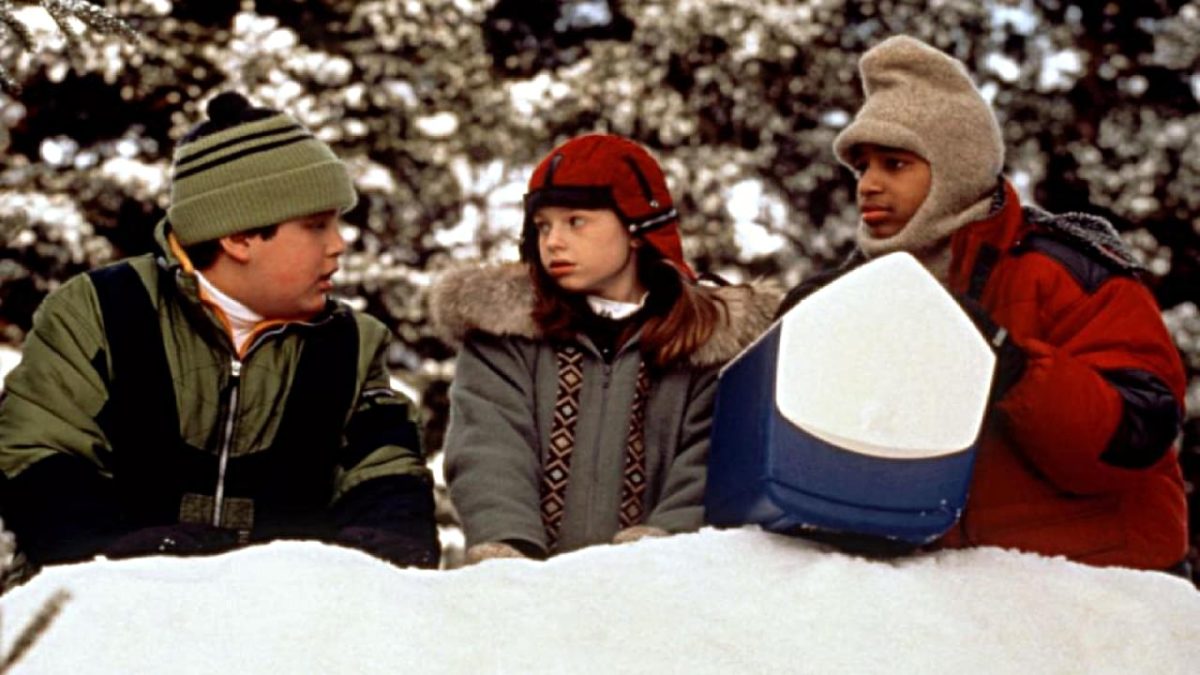At a basic level, The Debut presents a clear and effective metaphor:
The Debut (1977)


At a basic level, The Debut presents a clear and effective metaphor:

I fear that I will never again be able to watch The Godfather with fresh eyes or a sense of wonder.

(Note 12/2022: I just want to say that the following review soft-pedals my affection for this movie. I will write something more effusive someday.)

This is the hardest time I’ve had slapping a rating on a movie in a long time, for the simple reason that I love its ambition and capital-V Vision, but can’t stand what it’s doing with those things.

Valerie Taylor is an Australian marine conservationist, and her story is a pretty compelling one. First a competitive spearfisher, then a Hollywood consultant (including on Jaws!), then a public advocate for shark protection, she is the subject of TONS of archival footage of swimming and interacting with sharks, and now’s our chance to enjoy it all.

The Departed is simultaneously ridiculous and exciting — a potent combination for a watchable movie, but not necessarily a great one.

Chalk at least some of my affection to low expectations and hater spite.

Mahamat-Saleh Haroun’s debut film is a peculiar hybrid of drama and documentary. Haroun, playing a semi-fictionalized version of himself, returns from France to his homeland Chad upon hearing of his mother’s passing. While there, he bemoans a crumbling local cinema and ponders creating a film to capture the spirit of his home nation.

Mercifully short and non-exploitative, Lucile Hadžihalilović‘s debut is claustrophobic and tense and well-crafted. The film’s sense of dread never boils over into outright terror, but it’s nonetheless a fairly haunting little piece.

Scene 1: Three scoundrels wait at a train station at the end of the world.